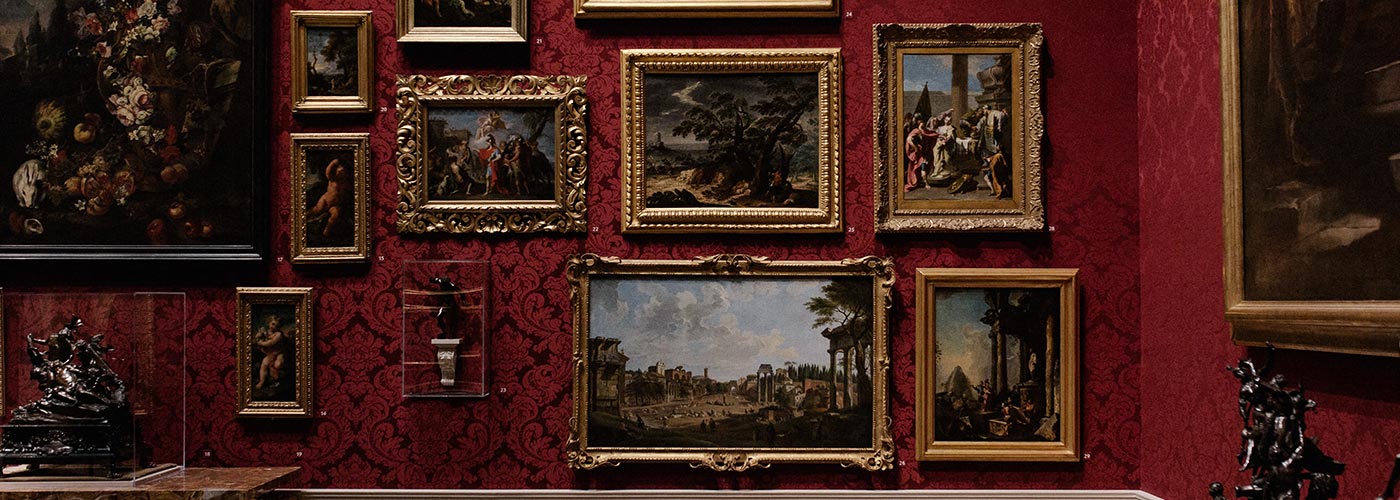Let me start today’s dispatch with a question: It’s Friday night. You put on a black dress. Where are you going?
I’m betting most people will say “party.” And that’s a fine answer. It’s the right answer in the context of today’s missive.
But just as easily you could be a widow headed to a wake for your deceased husband. I mean, throughout most of history, people wore black clothing almost exclusively as a sign of mourning. Only in the early 20th century, when French fashion icon Coco Chanel presented the world with her “little black dress,” did the black dress morph into what we know it to be today…the party dress.
Which neatly, if seemingly randomly, brings us to NFTs.
You have, no doubt, come across that acronym of late. The mainstream media write about it as one of those bitcoin-like crypto things, and they’re all agog—some dismissively dismayed—that an artist known as Beeple recently sold an NFT at storied auction house Christie’s for $69.3 million.
For a piece of digital art…that anyone can screenshot and reproduce for free on their smartphone.
Makes no sense.
Only…it makes brilliant sense. So much so that NFTs are about to fundamentally change my world and yours.
That statement has nothing to do with art, and everything to do with a black dress…
But first, the simplified explanation of an NFT.
Imagine you have three tickets to a football game:
- Ticket No. 1 is in the far upper-deck, top right corner, view partially blocked by a support beam.
- Ticket No. 2 is on the first row, in the end zone, directly behind the goal posts.
- Ticket No. 3 is in a luxury suite, on the 50-yard line, with a private bar and buffet spread.
All three offer access to the exact same event. But all three are fundamentally different experiences. Thus, they each have a fundamentally different value.
That is an NFT—a non-fungible token. A crypto token that is immutably unique.
Every single bitcoin in existence is 100% identical to every other bitcoin and every future bitcoin. They’re like dollar bills—each one is worth exactly what every other one is worth.
NFTs are like paintings: No two are ever alike, and value differs from one to the next based on loads of factors.
Critics of NFTs—and oodles of them exist—ask why anyone would pay anything for an NFT, for art that can be reproduced with a screenshot. That’s laughably Luddite in its ignorance. Why would anyone spend $120 million on Edvard Munch’s The Scream, when they could pop on down to the local Pic-n-Pac and snap up The Scream as a $1.99 poster. Identical, right?
Original art is immutably original, no matter how many knockoffs exist. With an NFT, that originality is, forever going forward, locked onto the blockchain—the digital, uncorruptible database that records all crypto transactions. Only one person owns that singular NFT, no matter how many knockoffs are floating around. Value absolutely exists there.
Which brings us back to the black dress and media myopia.
Right now, the media are all over NFTs because of various artists who have earned eye-popping amounts of money recently by selling their work as NFTs. I cannot tell you how many stories I’ve seen pop up in my news feed from some media outlet hyperventilating about NFTs, or sending a writer to create their own NFT and post it for sale as a way into a story on how to create your own NFT and make a fortune.
And that’s fine, if exceedingly tiresome.
But as with so much in the mainstream media—these stories see the squirrel in front of them, but they completely miss the 800-pound gorilla sitting nearby. They see the little black dress…but never consider all the other ways that black dresses are or can be used.
That’s where the real possibilities exist in the world of NFTs. Which means that’s where real wealth will be made by investors with the foresight to own the cryptocurrencies powering various NFT networks. (I started grabbing NFT coins last year and earlier this year on my personal belief that 2021 would be the year NFTs start to shine. So far, I’ve been right about that, and I’ll be bringing you a detailed story soon about how you can take advantage of this trend.)
Think about these possibilities:
- Houses, buildings, and land as NFTs. Each will be its own, immutable token on the blockchain, with every piece of necessary information connected to it: Taxes, plat details, value, etc. You will own your property in a secure digital wallet, and when you want to sell it, you just list it on some new, blockchain real estate sites that will assuredly pop up in the near future. All the middlemen will go away.
- Airline tickets as NFTs. Each seat on every flight is a unique asset. Seat 7C on the aisle on United Airlines’ 8 a.m. New York to Los Angeles flight is fundamentally different from seat 7D, the middle seat, on that same flight. And both of those are very much different from seats 7C and 7D on the same flight three days later. Each will be an NFT.
- I already noted the football game example, so you can see that NFTs will be all over the world of sports ticketing. Same with movies, concerts, and live theater.
- Your vote. That will be an NFT as well.
- Gaming. Last year, the world had 2.7 billion gamers. By 2025, nearly half the planet will be gamers of some sort, according to those who research that industry. NFTs are going to play a massive—massive!—role in that as players use crypto to buy, sell, trade, create, and destroy unique weapons, worlds, and characters.
I could go on, but you get the point: Black dresses aren’t just for Friday night parties.
And NFTs aren’t just a 21st century way to sell art

